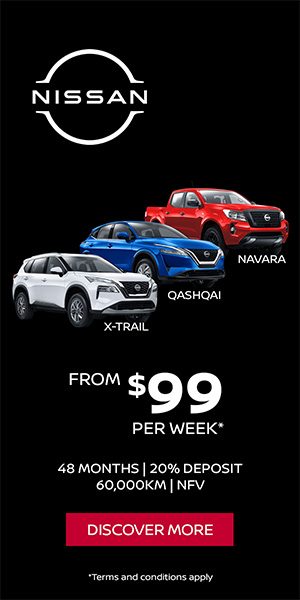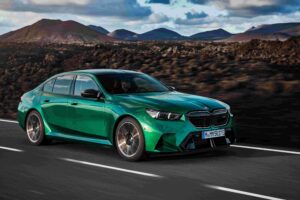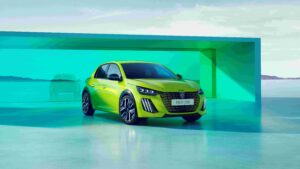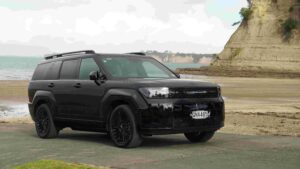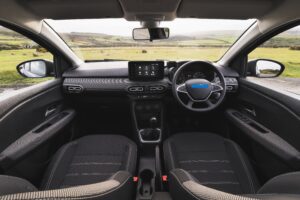Rolls-Royce Motor Cars signals the end of a glorious, glamorous era as it ceases production of its Dawn convertible. In this retrospective, the marque reflects on the best-selling drophead in the brand’s history as it takes its own unique place in the pantheon of great Rolls-Royce motor cars.
“In reviving the Dawn nameplate, Rolls-Royce reinvigorated something much more than a motor car – like the glamorous convertible it drew inspiration from, the contemporary Dawn has come to characterise a modern expression of ‘la dolce vita’; a way of living that embraces the beauty and richness of life. Dawn truly reflects the joy of good company, the thrill of adventure and the peace of quiet reflection. Indeed, this motor car is a testament to the modern art of living, recalling ‘la dolce vita’ spirit in every detail. As production of Dawn draws to a close, we can reflect on an extraordinary chapter in the marque’s history. This beautiful motor car perfectly embodies contemporary luxury while celebrating the marque’s founding principles and heritage.”
Torsten Müller-Ötvös, Chief Executive Officer, Rolls-Royce Motor Cars
In the context of the film, ‘la dolce vita’ was a life filled with passion, adventure and romance. It was sensuous and sensual, a celebration of decadence, indulgence and pleasure in all its forms. It was this spirit that Rolls-Royce wanted to capture in its new drophead, expressed through timeless form language, contemporary craft and an effortless yet potent dynamic character.
The boldness of that vision was reflected in Dawn’s design. Its pure, simple form was inspired by fifties and sixties fashion, which evoked glamour by removing superfluous lines and textures, focussing instead on how it amplified the form of the wearer. Similarly, Dawn’s supple, flowing coachwork wraps around its occupants akin to raising a collar on an overcoat, affording those inside a cossetting, private and chic cabin experience.
Indeed, in creating Dawn, 80% of the panels were entirely unique, including a ‘wake channel’ on the bonnet emanating from the Spirit of Ecstasy, evoking the sensation of quietly gathering energy while provisioning drivers with a permanent vanishing point – a design feature that endures on Rolls-Royce motor cars today.
However, in one vital respect, Dawn broke with a long-established automotive design convention. Almost without exception, convertibles are designed in a 2+2 configuration, with full-size seating for the driver and one passenger in the front, plus two smaller seats for occasional passengers or children in the rear. The lack of rear-seat space, and particularly legroom, reduces the car’s comfort and practicality – a shortcoming Rolls-Royce refused to accept. Dawn was therefore a full four-seater with comfortable, individual seating for all occupants.
The very simplicity of Dawn’s design belied a host of complex engineering challenges, most notably the intricate roof mechanism, dubbed the ‘Silent Ballet’ for its precision, elegance and noiseless operation. A convertible hardtop had been briefly considered, however the marque’s designers decided Dawn’s roof should be created from fabric to retain the romance of listening to raindrops on canvas. Instead, a unique blend of materials, including fabric, cashmere and high-performance acoustic composites, made Dawn the world’s quietest convertible: with its roof closed, Dawn equaled the Rolls-Royce Wraith for noise-isolating performance.
Beyond its desirability, Dawn brought the spirit of ‘la dolce vita’ to Rolls-Royce’s contemporary brand promise through an exquisite marriage of seductive design, contemporary materials, and a social, open-air driving experience. In doing so, Dawn has ensured its legacy by compelling an entirely new generation to the marque.

